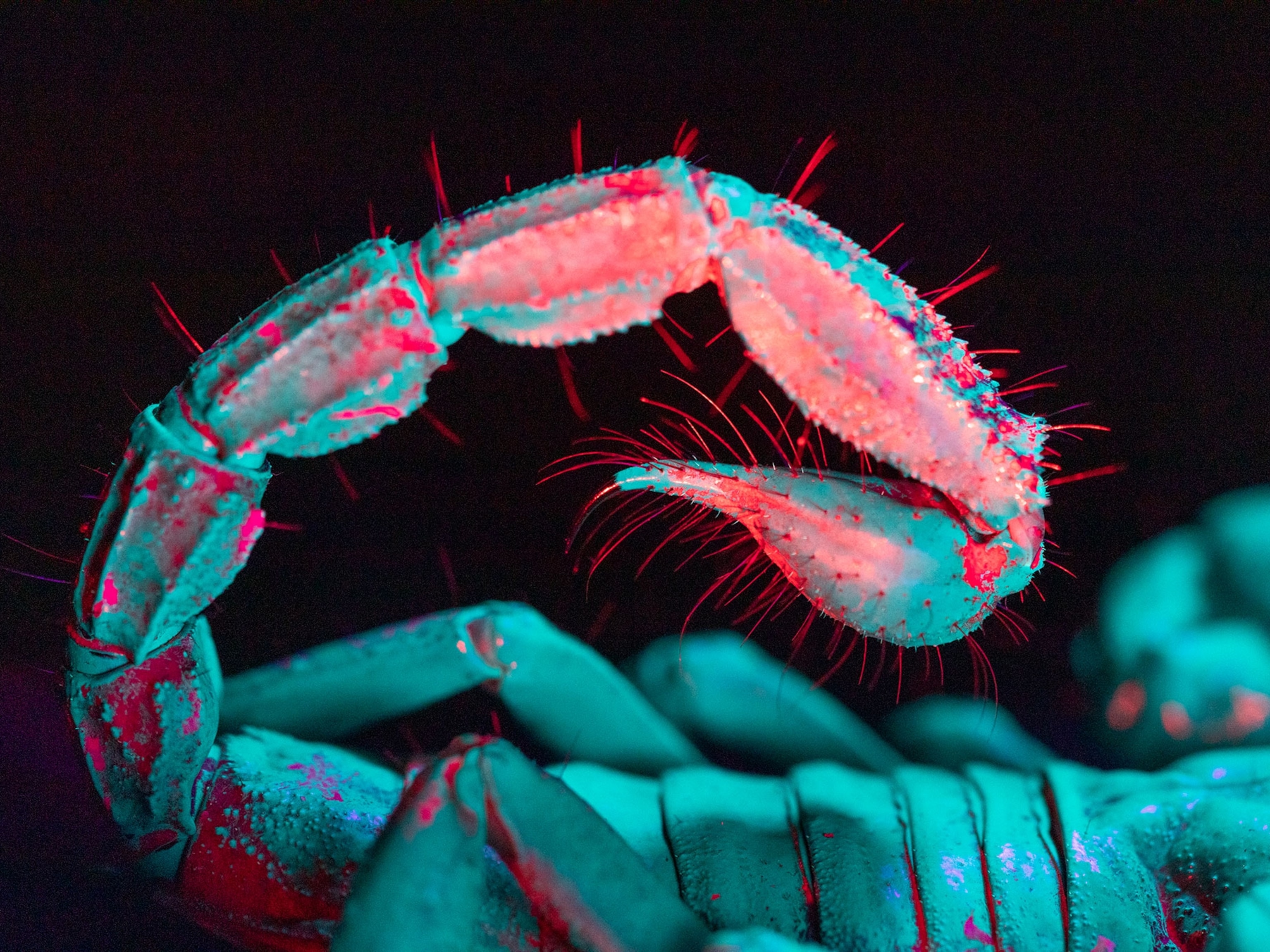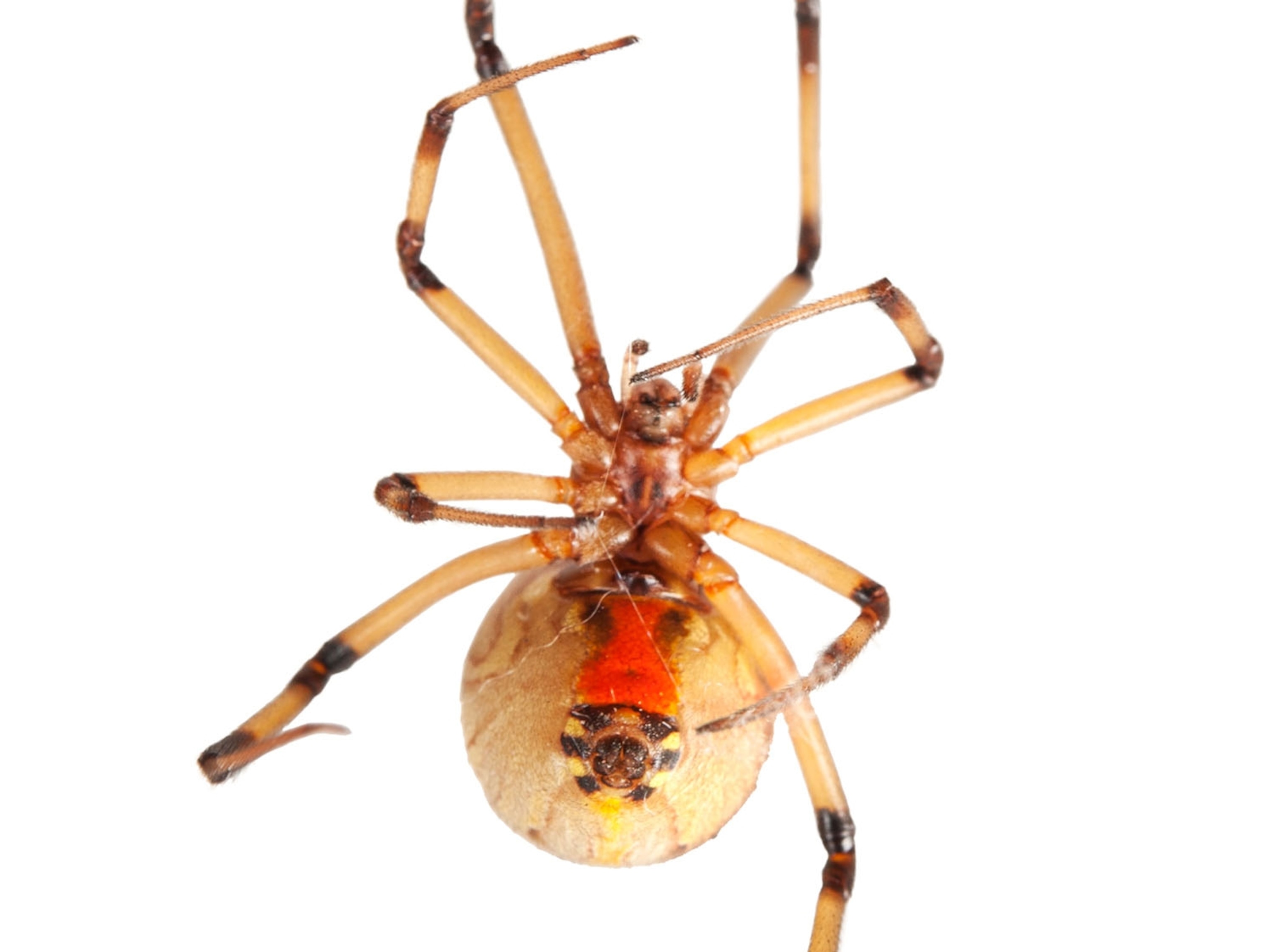
5 Animals That Carry Babies On Their Backs
Arachnids can be caring parents, for instance.
We humans often tote babies on our back. Usually, though, we wait until after they’re born.
Not the toe-biter, or giant water bug. This insect carries its many eggs around on its back, which piqued our curiosity during a visit to the Natural History Museum of Los Angeles County.
So for Weird Animal Question of the Week, we're asking: "What animals give birth to or brood offspring form their backs?”
Shouldering Responsibility
In some toe-biter species, males brood the young and carry them until they hatch. (Related: "5 Strange Ways Animal Mothers Carry Their Babies.")
After mating repeatedly—up to a hundred times—the female giant water bug places the eggs on the male's back with a coating made by glands in her reproductive system. Other waterbug species use the same coating to attach eggs to plants, says Brian Brown, curator of entomology at the museum.
The offspring are born born fully formed and ready to run, which is probably good, Brown says.
“If your father was a giant water bug, you’d probably want to get away from it, too ... they are nasty, aggressive insects,” he says.
After all, toe-biters get their name because people who accidentally step on them can end up with a terribly painful bite.
Under Your Skin
Sometimes the kids really get under your skin. Literally.
Some South and Central American frogs in the Gastrotheca genus, like the horned marsupial frog, brood their eggs in a pouch under the skin on mom’s back.
After the eggs pop out of the female frog's cloaca, or all-purpose hole, the male grasps the eggs with his hind feet and pushes them onto the female's back or into her pouch, says William Duellman, retired herpetologist at the University of Kansas and author of the book Marsupial Frogs.
Tissue within the pouch allows vital gas and nutrient exchange between the eggs and the mother's body, Duellman says. (See: "A Frog Whose Babies Pop out of Its Back and More Freaky Animals.")
Elsewhere among the amphibious hoppers, mother casque headed frogs, of the Hemiphractus genus, adhere their eggs directly onto the skin.

Some species may only brood a few eggs, Duellman says, but this backpack method is “a way of parental care, assuring that the offspring make it at least through the hatching stage.”
Some poison dart frog dads act like taxis, giving newly hatched tadpoles piggyback rides to pools of water where they can mature, says Greg Pauley, herpetologist at the Los Angeles Museum of Natural History. (Related: "Frog Fathers Provide Transport, Piggyback Style.")
Scorpion Stacks
Whip spiders, which look like a nightmare mashup between a scorpion and a spider but are actually in an arachnid group all their own, carry their newborns on their backs. Mom glues the babies to her back after they hatch, giving them a chance to develop in a safe place.
Similarly, scorpion newborns, called scorplings, are born “soft-bodied, which probably helps them get through the birth canal,” says Lauren Esposito, a scorpion biologist at the California Academy of Sciences in San Francisco.
When scorplings emerge, the mother forms a “birth basket” with her claws, which gives the newborns a leg-up onto her back.
The scorplings instinctively know how to get on mom's back, arranging themselves in the birth basket in a way that's particular to their genus.
Because a big stack of scorpions is an image you needed to carry around. Sweet dreams.
Have a question about the weird and wild world? Tweet me, leave me a note in the comments, or find me on Facebook. Weird Animal Question of the Week answers your questions every Saturday.





